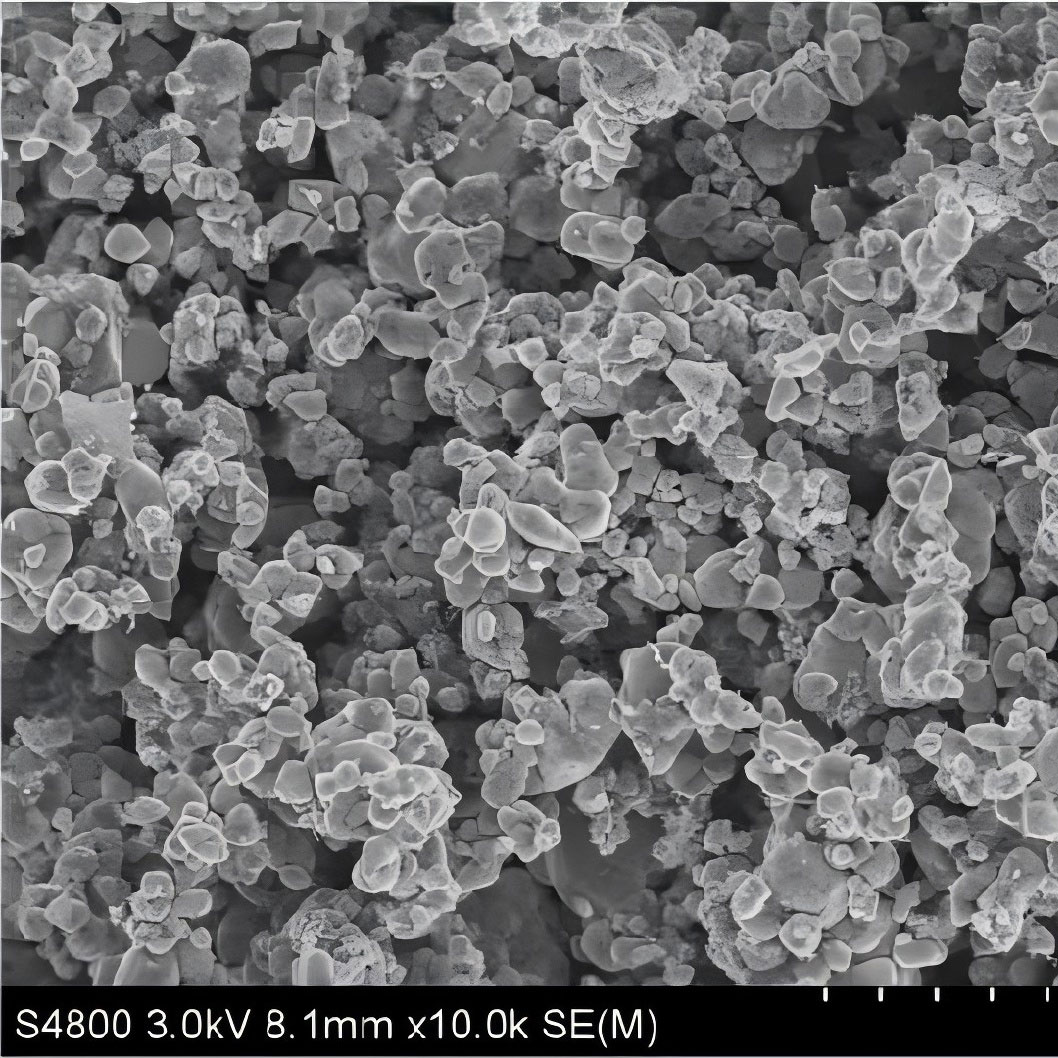Today, as new energy vehicle sales hit record highs and energy storage power stations spring up like mushrooms after rain, lithium-ion batteries, as the core of these revolutionary technologies, are quietly changing the way we use energy. Among the four key materials of lithium-ion batteries, cathode materials are undoubtedly the most critical link, which directly determines the energy density, life and safety of the battery. According to statistics, cathode materials account for more than 40% of the total cost of lithium-ion batteries, and their performance breakthroughs will lead the transformation of the entire industry. At present, lithium battery cathode materials are at a critical node of technological innovation. From traditional lithium iron phosphate (LFP) and ternary materials (NCM/NCA) to emerging high-nickel, lithium-rich manganese-based and cobalt-free materials, an art of balancing energy density and safety is being performed in the laboratories of material scientists.
Traditional lithium battery cathode materials have formed three major mainstream systems. Lithium iron phosphate (LiFePO₄) is known for its excellent safety and cycle life, with thermal stability exceeding 500°C and a cycle life of more than 5,000 times. Although its theoretical specific capacity is only 170mAh/g and its voltage platform is about 3.4V, resulting in low energy density, it occupies a dominant position in the commercial vehicle and energy storage fields. Ternary materials (ternary composite materials of Ni-Co-Mn or Ni-Co-Al) have become the darling of the passenger car market with their higher energy density. Taking NCM811 as an example, its specific capacity can reach more than 200mAh/g, the voltage platform reaches 3.8V, and the energy density is 30-40% higher than LFP, but its thermal stability is poor, and decomposition may occur at around 200°C, and the use of cobalt elements brings cost and supply chain risks. Lithium manganese oxide (LiMn₂O₄) with a spinel structure is used in specific fields due to its abundant manganese resources, low cost and good safety, but its capacity and cycle performance limit its wide application.
As the market demand for longer driving range grows, high energy density cathode materials have become the focus of research and development. High nickel ternary materials (Ni content ≥ 80%) are currently the closest solution to industrialization. By increasing the nickel content to more than 90%, the specific capacity can be increased to more than 220mAh/g, but this is accompanied by serious cation mixing and interface instability problems. Researchers have increased the cycle life of high nickel materials to more than 2,000 times through gradient doping (such as core-shell structure design) and interface modification (such as Al₂O₃ nanocoating). Even more revolutionary is the lithium-rich manganese-based hierarchical oxide (xLi₂MnO₃·(1-x)LiMO₂), which has a theoretical specific capacity of more than 300mAh/g, thanks to the redox reaction of anions (O²⁻) participating in charge compensation, but its voltage attenuation and low first-week efficiency remain to be solved. In 2022, the Argonne National Laboratory in the United States used surface spinel phase conversion technology to reduce the voltage attenuation rate of lithium-rich materials to 0.03mV per cycle. In addition, cobalt-free cathode materials have also become a research hotspot. Tesla’s cobalt-free lithium iron phosphate battery launched in 2023 is a typical example. By completely replacing cobalt with iron and manganese, it not only reduces costs but also avoids geopolitical risks of cobalt resources.
While pursuing high energy density, safety has always been an insurmountable red line for cathode materials. Studies on the mechanism of thermal runaway have shown that cathode materials release active oxygen at high temperatures and react violently with electrolytes. In response to this, the industry has developed a variety of solutions: single crystal particle technology converts polycrystalline cathode materials into single crystal form, reduces side reactions at grain boundaries, and increases the thermal decomposition temperature of NCM811 materials by more than 30°C; solid electrolyte coatings (such as LiNbO₃) can not only inhibit interfacial side reactions, but also improve ionic conductivity; and artificial intelligence-based material screening systems, such as the GraphDTA model developed by MIT, can quickly predict the thermal stability of materials and accelerate the development of safe cathodes.


